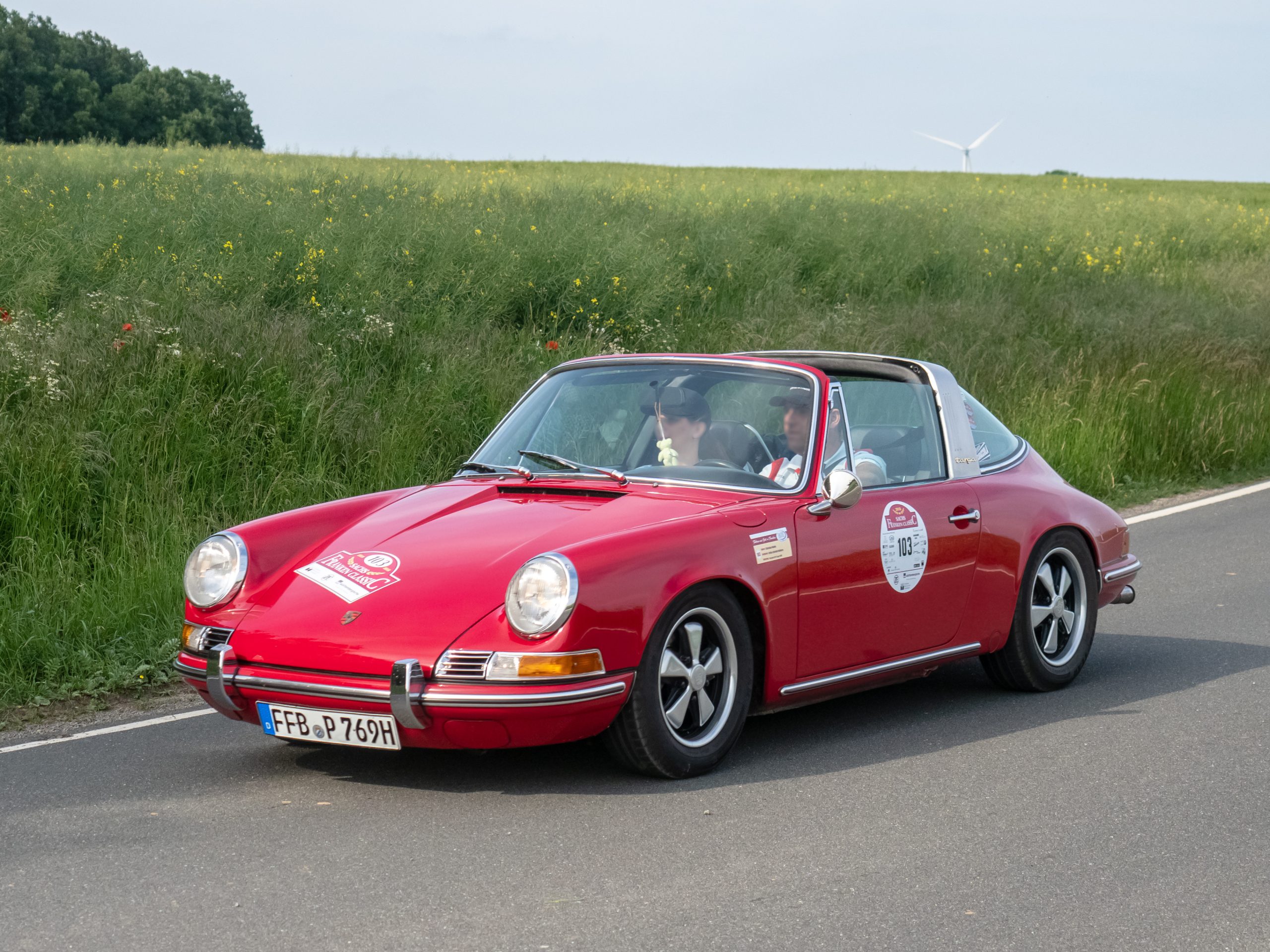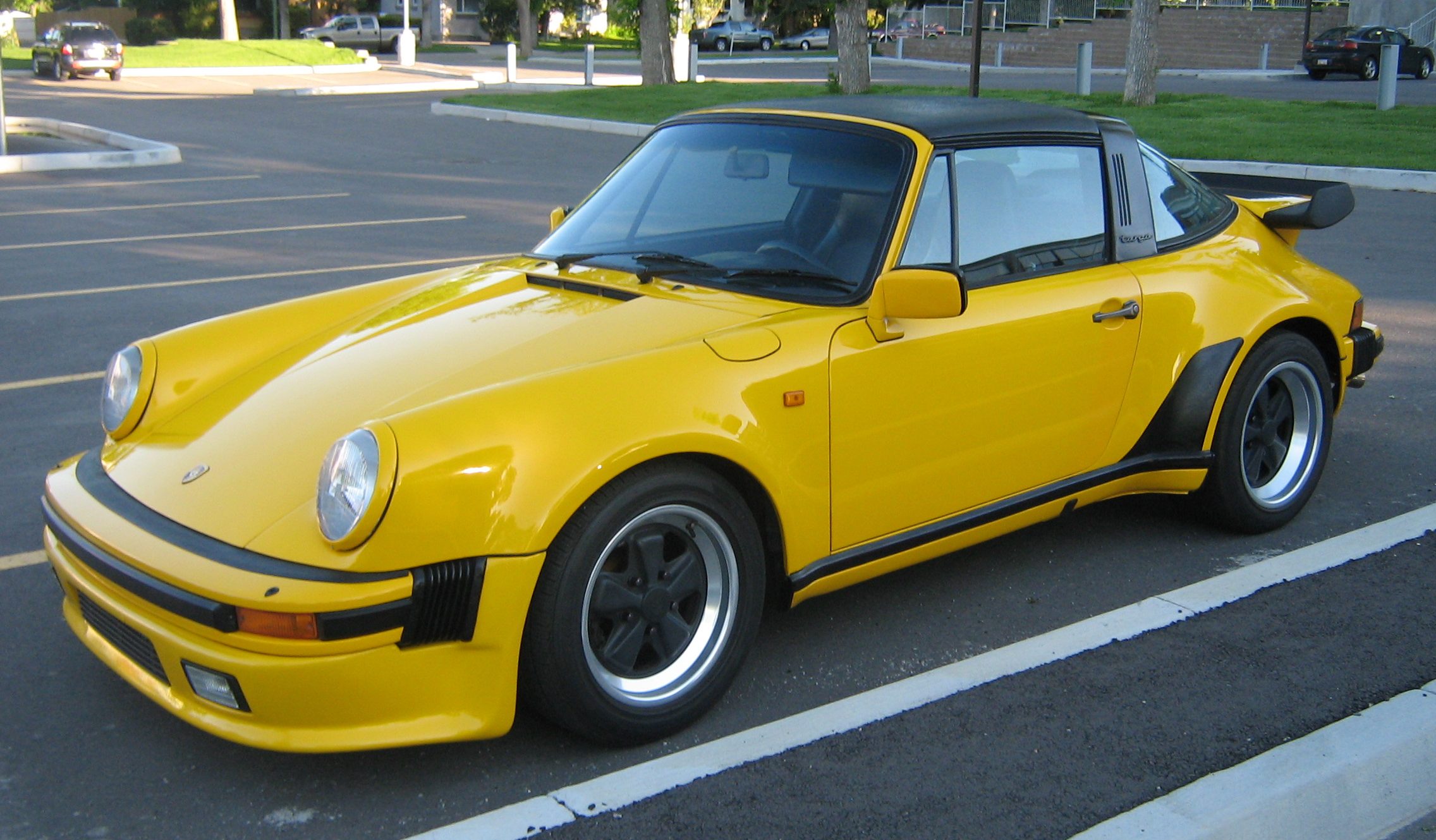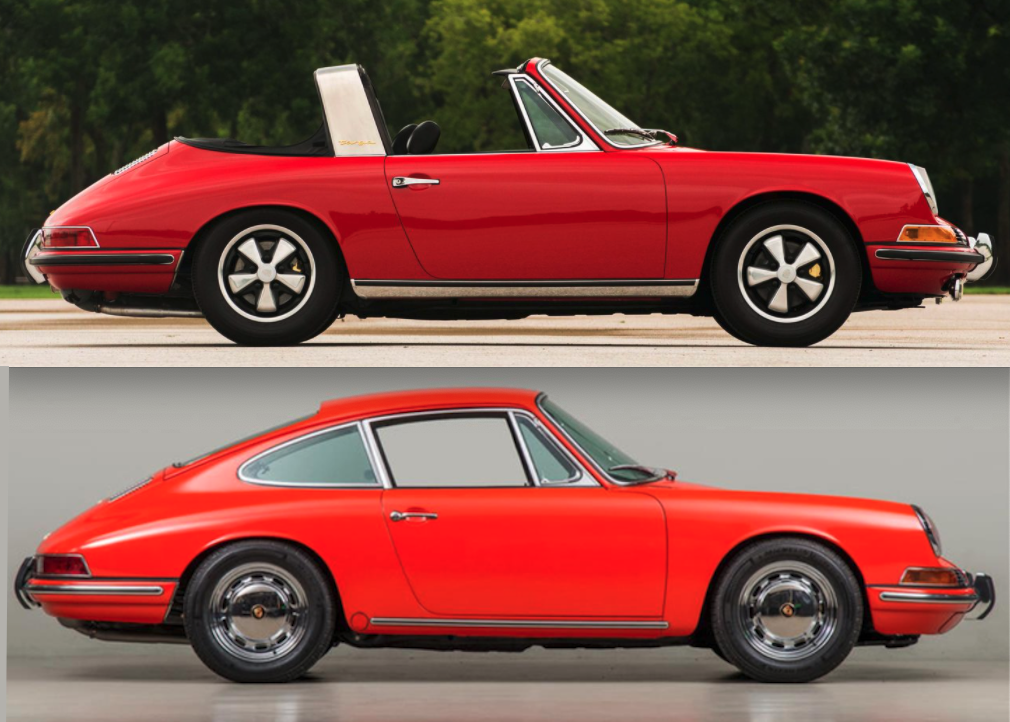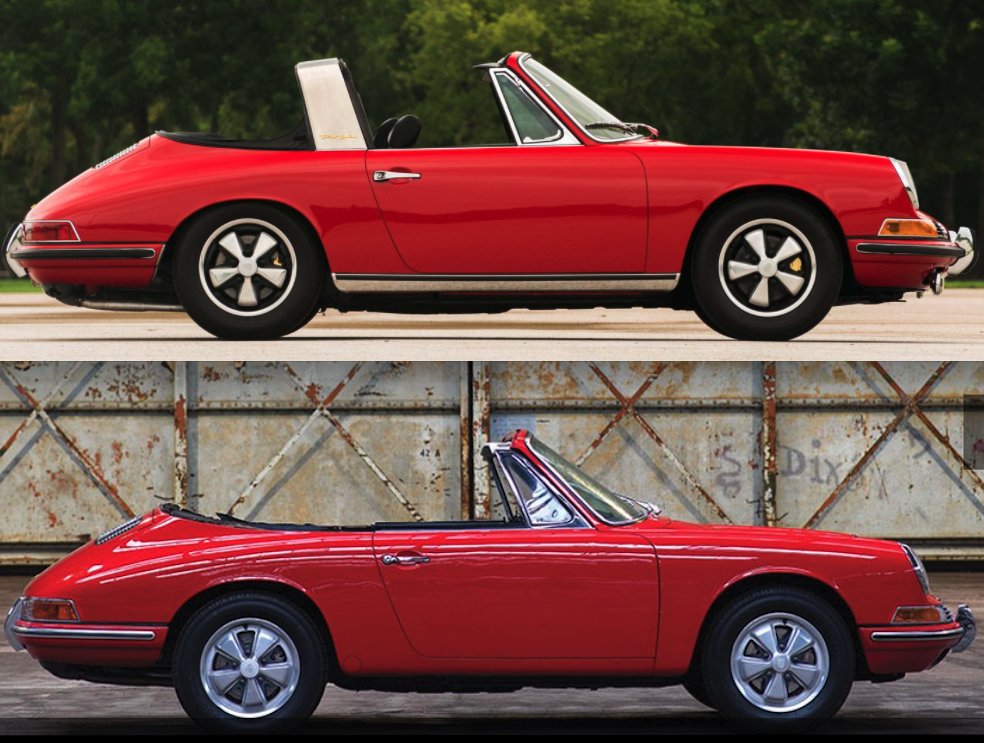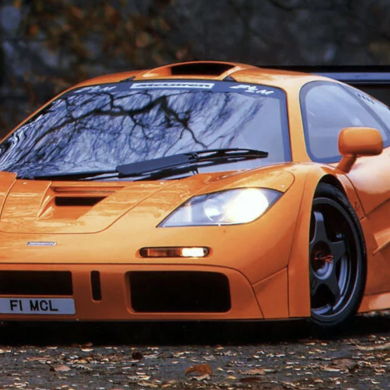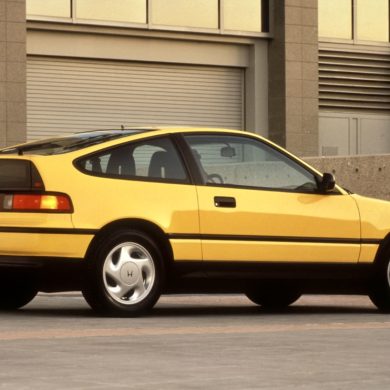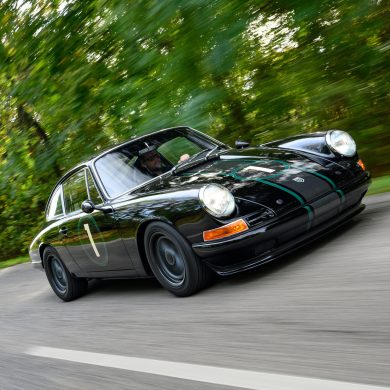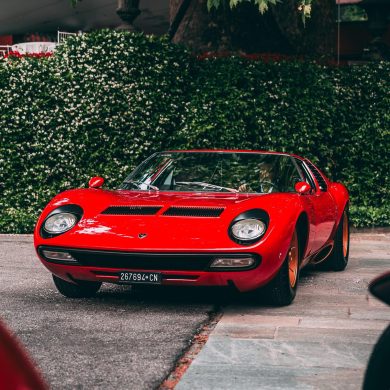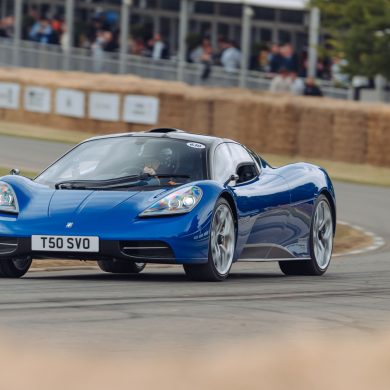More than half a century ago, Porsche shocked the world with a brand-new sports car design. The now iconic 911 would not only define a new type of performance car, it would further establish a lasting history of unique signature architecture; one that continues to inspire designs today. The Frankfurt Motor Show had seen many innovative launches, particularly as technology advanced in the 1960s, but the 1963 911 was something more than a mere replacement for the highly successful 356. Instead, the all-new 911 arrived with more power, more comfort, and, inclusive of the 912, at a surprisingly favorable price. When compared against heavier front-engine exotics, the nimble 911 capably matched these brutes, with a low, light, visually radical shape. The 911 immediately became the darling of the automotive press, and rightly so. Performance and sales were brisk, but as Porsche often did, immediate performance and design enhancements were readily evolving as engineers tapped into their prodigious racing program and the expanding U.S. market sought new options and features for the growing Porsche community.
For the 1967 model year, Porsche introduced the performance packed 911S, which featured a substantially more powerful six-cylinder engine putting out 160 hp. With 9.8:1 compression and 40 IDS Weber carburetors the 911S became a powerful, lightweight performance car with nimble handling traits, all contained in a compact short wheelbase design. The 911S featured the clean and pure lines of the 911 with new features like Fuchs wheels (The first and only year of the flat type 4 ½” design) and interior upgrades. All 911s were formidable on the road, but when first released, the 911S was the preferred choice of performance enthusiasts, a preference that continues to persist with collectors today. Given the lightweight, short wheelbase chassis and race-bred engine, the “S” exclusivity came at a premium price making the 1967 911S rare in number. But, when it came to exclusivity, Porsche engineers had another idea up their sleeve.

Although the 911 was agile and capable, the early 911 lineup lacked a critical feature of top-selling previous 356 models, especially in the U.S. – a convertible model for the American market. Efforts were made to build a convertible 911 (then called the 901) with a dozen examples constructed for evaluation (two of which survive today), but roll-over protection was deemed a critical safety requirement by the Porsche team concerned that the U.S. would exclude the import of fully open cars for road use. The team settled on a novel design solution that allowed for open air driving without compromising roll over safety or structural unity. The “Targa” model was born. Not only was the Targa structural bar critical to maintaining the strength of the chassis, it also delivered a unique visual signature to the 911 design. Although the 911 Targa became a hit with U.S. buyers, arriving in 1967, very few examples were built with the coveted S designation, making it essentially the holy grail of early 911s.
With structural limitations in mind, Porsche engineers worked diligently to offer as much open architecture as possible. To make the most of the design, the first series Targas were built with a removable soft back window that could be unzipped from the perimeter of the Targa bar. With the roof removed, side glass rolled down, and the rear window zipped out, the effect was essentially the same as a convertible with a race-inspired roll bar in place. The added plus was the lack of a large and heavy piece of rear glass, a feature that would enter production in 1969.
Looking at the 911 Targa and coupe today, they present as very similar cars but the entire character of the 911 is transformed in the Targa configuration. In the coupe, the characteristic sloped roofline and ellipsoidal rear quarter glass perfectly echo the rounded rear fenders as they blend into the engine lid. The signature rear glass is fixed in the ideal position to allow rear visibility, but is perched up into the roofline, reducing the bulk of the rear and drawing the eye to the center of the car. The profile of the 911 is so pure and natural in every respect, it’s surprising that Porsche was able to carve up so much of the critical architecture and yet still maintain the character of the car. When viewing the singular 911 convertible prototype in sideview, it’s entirely possible that the designers threw their French curves in the air and proclaimed, “this will never work”. It’s clear the Targa bar not only offered a way to divert the eye from the glaring absence of the critically balanced roofline, it effectively drew the eye into the upper portion of the car, calling attention to the open configuration. The Targa bar not only unified the car structurally it did so with visual continuity that balanced the design yet gave it a completely new visual signature.
Viewing an early series 911 Targa, one is quickly aware of how small these early cars were when first built. The new Porsche Targa is a marvel of technology and contains a great deal of impressive safety and performance features, but it is almost in another class of visual proportions, most of which have been dictated by complex safety requirements, crumple zones, and side impact protection. But even in these proportions, the Targa distinguishes itself as a unique visual statement, even though the rear glass has been fixed and the roof is a solid retractable section. The Targa theme is still clear and distinctively defined.
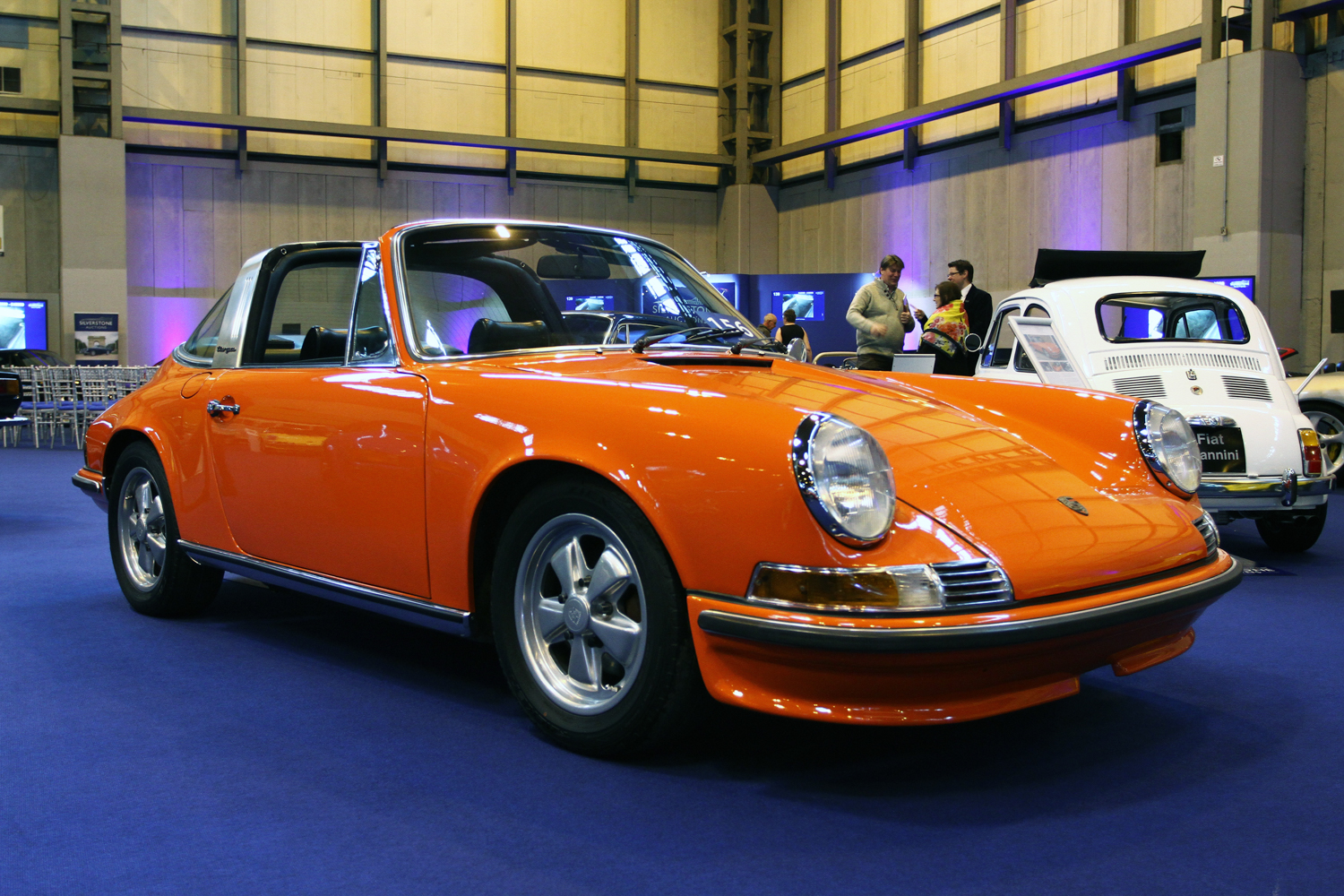
Porsche is known for their brilliance in managing evolutionary or transitional architecture. Retaining the 911 heritage has not been easy over the past 50 years. It’s a good thing Porsche developed the Targa when they did. The 911 signature was only a few years old, an important feature that gave the Targa a chance to establish its own lineage within the 911 line. Today, 911 heritage architecture remains a key element in the Porsche brand. Established with a purity and simplicity of unparalleled design, Porsche broke their own mold with the Targa, proving that even a precious and budding icon could be challenged by its own genesis.


